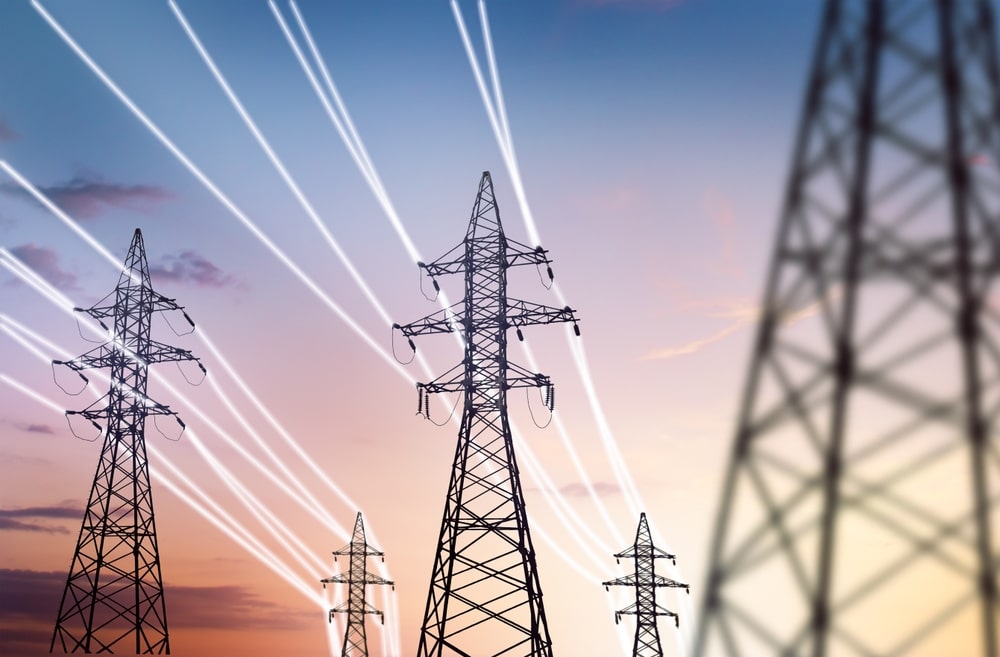
The electrical grid is a large and established network delivering electricity from producers to consumers, and connection to it can be quite complex. DC fast-charging stations almost always require a connection to the electrical grid to provide their fast-charging service.
Connection to the electricity grid requires collaboration between a multitude of different stakeholders, as well as compliance with numerous laws and regulations. It is our hope that this article will better prepare you to begin assessing potential DC fast-charging sites for grid connectivity and, subsequently, acquiring a grid connection that suits your site’s specific needs so that you can begin turning a profit on your investment.
Scouting for grid connections requires an understanding of your site’s electricity requirements, competition for grid supply in the area, and the costs associated with establishing a connection across different landscapes, and at different distances to nearest substations.
Geographic information systems, charge point operator expertise, and online distribution network maps should be used in tandem to aid the search for a viable DC fast-charging station location. The process of subsequently connecting to the grid will look quite distinct depending on the location chosen.
Table of contents
- What is a grid connection?
- Expanding DC charging infrastructure
- Why DC fast charging infrastructure needs grid connections
- How are grid connections established?
- What to consider when procuring a grid connection for your DC fast-charging site
- How to get a grid connection
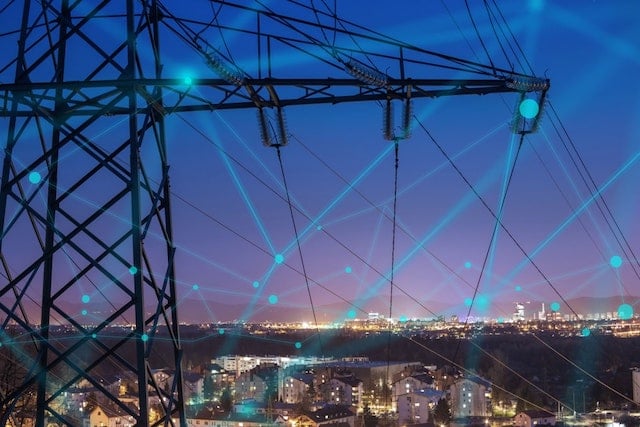
What is a grid connection?
The electrical grid is an interconnected system for the delivery of electricity from producers to consumers. Grids are large and complex and may cover whole countries or even continents. A grid connection is simply that: a connection to the electricity grid so that you, as an individual or business, can access the electricity you need.
So, in regards to EV charging, a grid connection enables the connection between a charging station and the grid. Without a connection to the grid a charging station cannot deliver energy to electric vehicles (unless it’s connected to an alternative power source).
Grid connections can apply to many things, but for this article we will focus specifically on grid connections in relation to DC fast-charging stations.
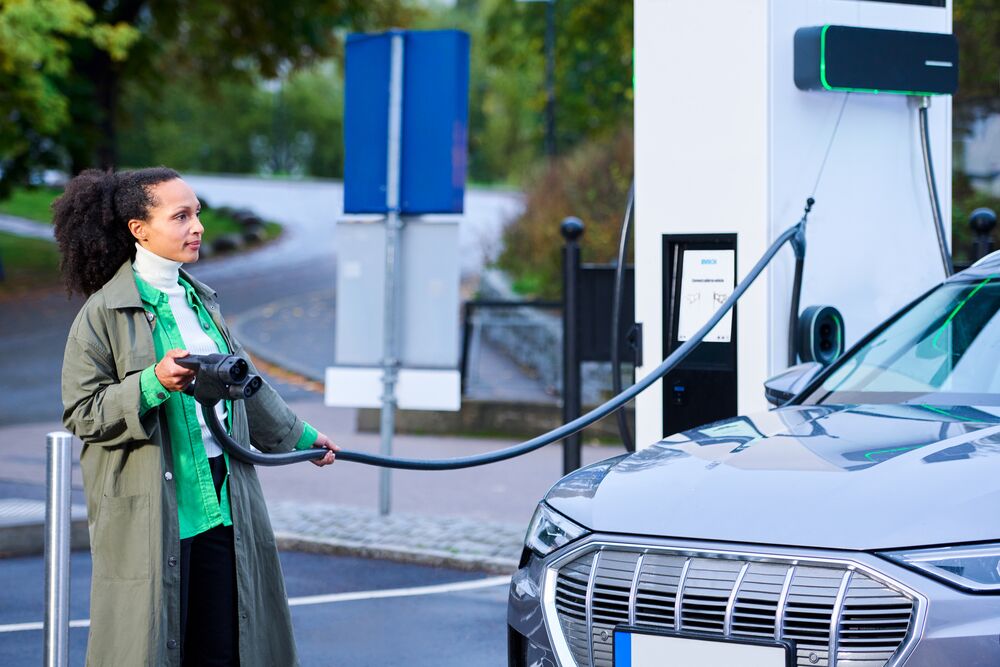
Expanding DC charging infrastructure
All DC fast-charging stations must typically be connected to their local or national electricity grid.
Today, demand for fast charging is skyrocketing in tandem with the rest of the EV charging infrastructure industry, set to be worth in excess of USD$150 billion by 2030. The increasing demand for fast charging requires widescale, global investment in charging infrastructure, which in turn means more grid connections.
But even while not every car is able to handle higher fast-charging power outputs (starting at 50kW), most modern electric vehicles and especially newer models can.
The need for an expansion of our current DC fast-charging infrastructure is made even clearer when we look at the BEVs being launched in 2023-24. Most of these vehicles have a fast-charging capacity over 50kWh, with the average capacity edging toward 65 or 70kWh. Top-end EVs, like the BMW i7 eDrive50, push the capacity well over the 100kWh mark.
These capacities begin to engage the true potential of DC fast charging stations, connected to the grid.
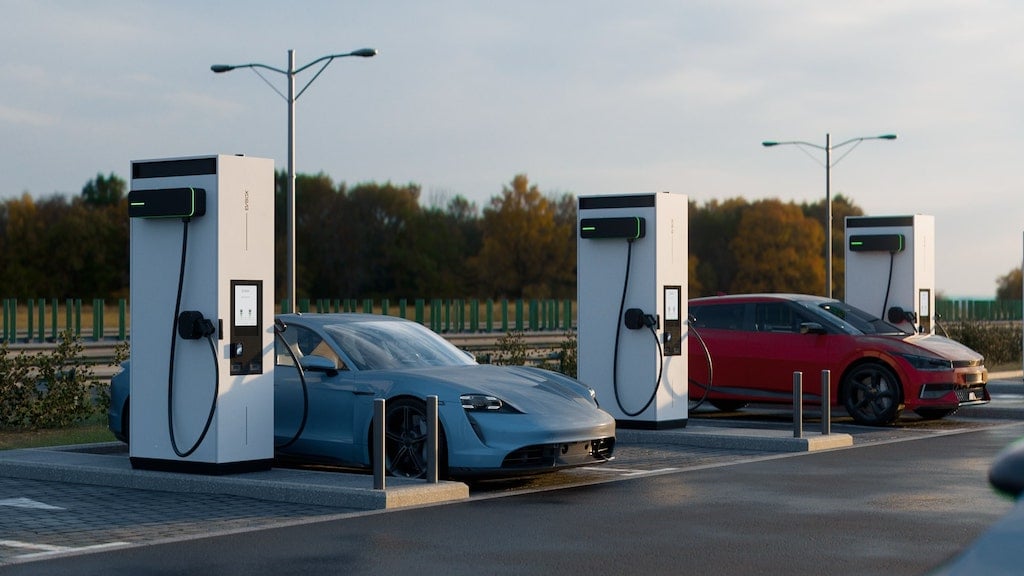 As we explained in another article of ours, the success of DC fast-charging ventures relies heavily on the profitability of its location. Whilst many different factors go into the selection of an ideal space for DC installation, the accessibility of a connection to the grid tends to play a crucial role.
As we explained in another article of ours, the success of DC fast-charging ventures relies heavily on the profitability of its location. Whilst many different factors go into the selection of an ideal space for DC installation, the accessibility of a connection to the grid tends to play a crucial role.
Why DC fast charging infrastructure needs grid connections
There are other ways to access electricity, such as via on-site renewables as we’ll discuss later, but typically DC fast-charging stations require a grid connection to power the site and recharge their customers’ vehicles.
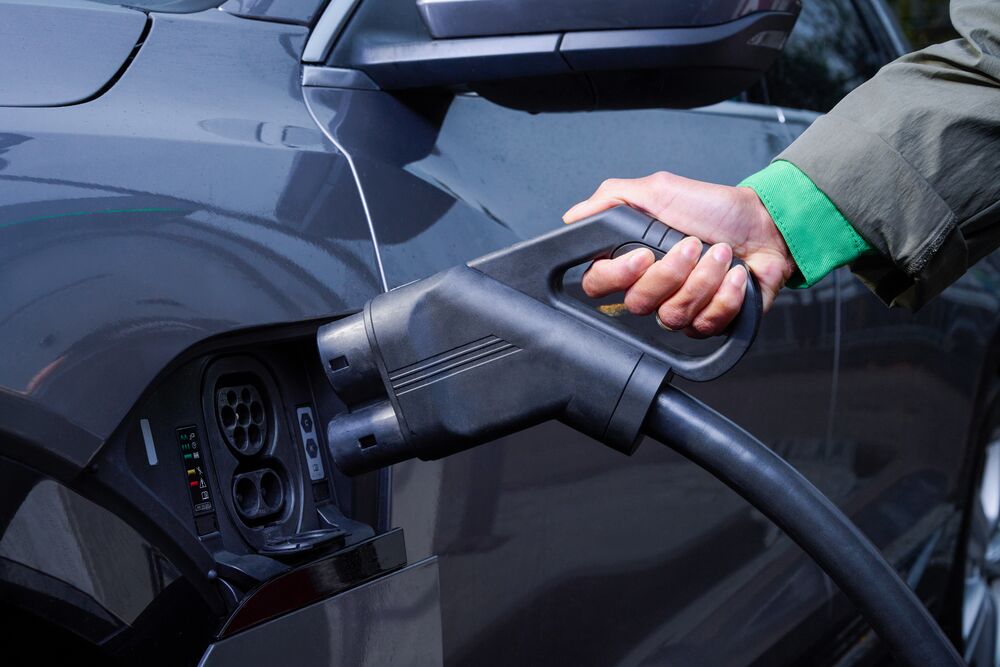
Depending on the location of a DC fast-charging station, the electrical grid may or may not already extend into the area. If not, then an expansion of grid infrastructure will be required before the connection can be made. To give a rough example, DC charging points located in the heart of a major city will likely be easier to connect to the grid compared to the same charge points situated in a sparsely-populated rural area.
Grid connections are more often than not fundamental to the operation of DC fast-charge points. The quality of the grid connection is equally as important, since not only do DC chargers require a lot of energy, but the accessibility of a grid connection will dictate both start-up and maintenance costs.
How are grid connections established?
Grid connections are made via local substations, comprising transformers, power lines, circuit breakers and the like. They are effectively the sockets that homes and businesses are plugged into to receive their electricity.
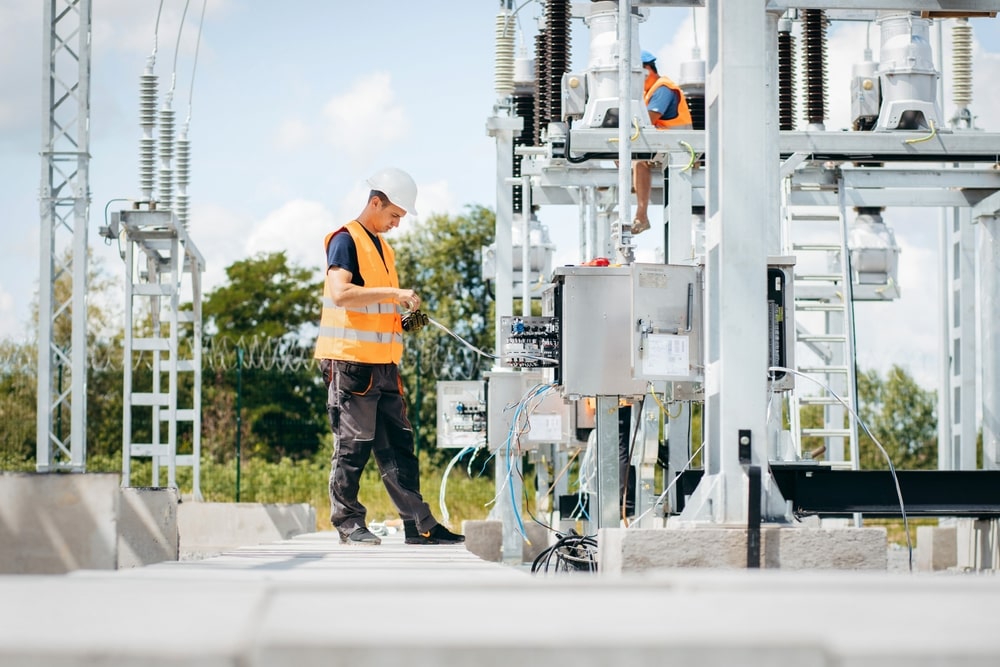
Generally speaking, the further from a substation your proposed DC fast-charging station is, the more costly (and potentially the more inefficient) your grid connection will be.
The electrical grid itself is often regulated by an overarching body – such as Ofgem in the UK, for example – whilst connections to it are managed by enterprises called DNOs.
Distribution network operators (DNOs): a brief explainer
Distribution network operators (DNOs) own and operate the infrastructure that delivers electricity to your premises. This includes the towers, transformers, substations, and cables that connect private and public enterprises to the grid. DNOs are responsible for upkeep, maintenance, and expansion of the grid, and will be key to ensuring your DC fast-charging station is safely and securely connected.
Depending on the location you’ve chosen for your fast-charge station, you may or may not have a choice over the DNO you interact with. In the UK, for example, DNOs have regional monopolies, so you would have to work with whichever DNO controlled your particular area of the grid. In the US, on the other hand, some states have a DNO monopoly, whilst control of the grid in others is shared between different DNOs. In some countries, grid supply is privatized, whilst in others it is publicly owned.
Alternatives to grid connection for DC fast-charging
Most DC fast-charging installations will require a grid connection, plain and simple. Even if the station aims to recharge EVs using 100% renewable energy, oftentimes that energy will be delivered by a grid connection.
However, it is worth pointing out that this does not have to be the case at all times. Some DC fast-charging providers opt to integrate on-site renewable energy solutions into their station’s footprint, such as the ‘solar roofs’ from Fastned which are used to partly power their locations.
During one of REVOLUTION Podcast, Roland van der Put, Head of EV charging at Fastned was asked about the integration of solar panels.
“We have these solar panels, and inherently that capacity is limited. It provides sufficient electricity for a couple of charging sessions during summer, but obviously, during the dark winter days that's a lot less. So, it partly provides the power for these vehicles, but everything else is coming from the grid, from local renewable sources.” – Roland van der Put
It is important to recognize that while there are alternatives to using grid electricity when it comes to powering your DC fast-charging infrastructure. But even 100% renewable fast charge providers still rely on grid connections, such as Fastned, or the McDonalds charge points powered by Dutch wind turbines.
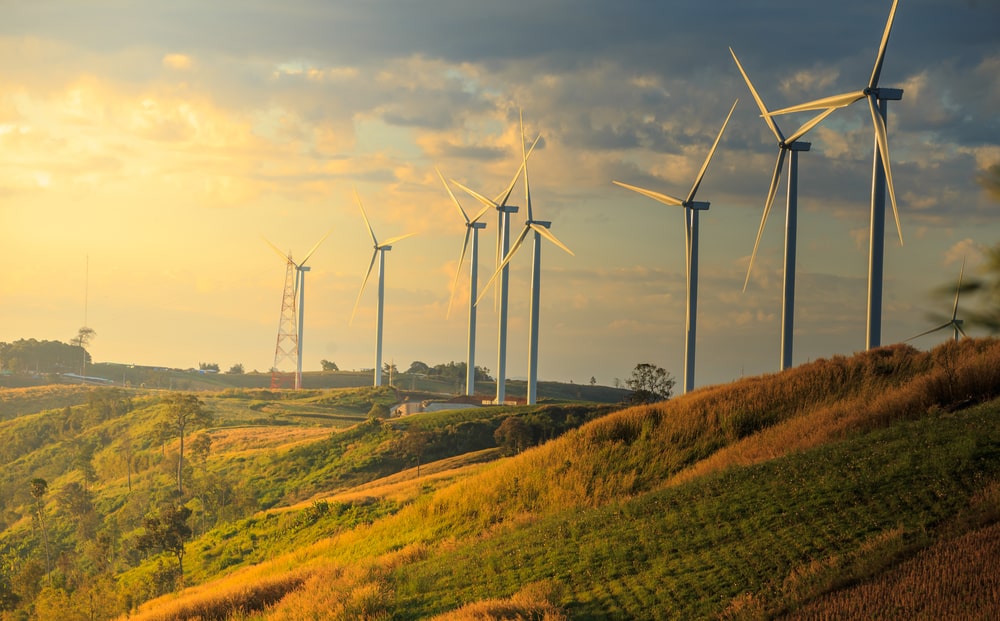
However, Dutch start-up Green Caravan, is currently raising capital to establish 100% renewable fast-charging stations using their own ‘micro grids’ –energy generation and storage networks not connected to the national grid – to charge EVs using solely solar power and power generated from human waste.
Is fast charging bad for the grid?
The notion of delivering 100-200kW+ to multiple vehicles via multiple DC fast chargers sharing a grid connection can sound like a lot of strain to put on the local electricity network. As such, some have speculated in the past that the growth of the DC fast-charging infrastructure industry might be ‘bad’ for the grid.
Thankfully, these fears are unfounded. Grids around the world are more than capable of handling both the present demand for DC fast charging and the projected increase in demand as we move toward a future of EV domination. There are already thousands of fast-charging stations globally operating via grid connection without a hitch. In fact, a much greater strain will be put on the grid by the electrification of domestic and commercial heating; we have little to worry about with regard to EV fast-charging.
As Roland van der Put of Fastned put it in one of our REVOLUTION podcast episodes, there is a big difference in comparing a household-electricity-supply setup with how large establishments such as supermarkets, stores, or other big buildings typically arrange it. Often, they will have their own grid connections, and by connecting multiple charging stations to a single grid connection it actually becomes easier to predict the curve.
“The grid is perfectly designed to handle those loads” – Roland van der Put
What to consider when procuring a grid connection for your DC fast-charging site
When evaluating potential locations for a DC fast-charging grid connection, there are three principal considerations you should make:
- How much electricity you’ll need
- Whether there is local competition for grid supply
- How you will narrow down potential sites when scouting.
In this section, we discuss all three in detail.
Consideration 1) How much electricity will you need?
Your first calculation must be to determine how much electricity your site is liable to require in order to fulfill the needs of your charging stations and customers. The amount of electricity your site requires ultimately depends on the number of DC and AC chargers you plan to install, which you can estimate based on expected EV traffic in the area, combined with their charging behaviors.
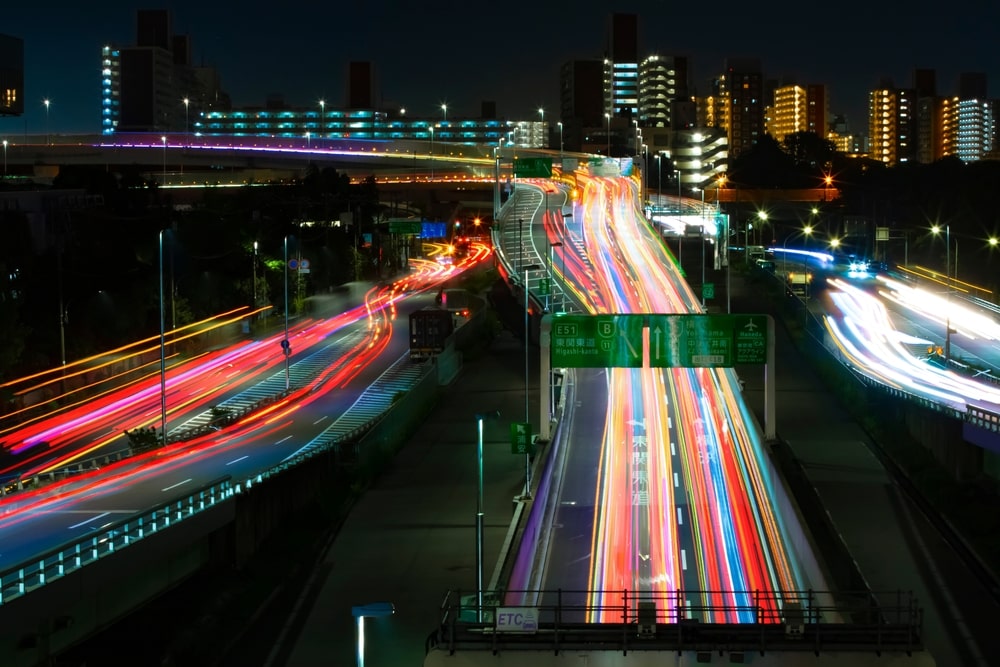 DC chargers deliver more power to EVs compared to AC chargers, and as such require more power from the grid. Whilst the grid can accommodate multiple DC fast chargers without difficulty, different parts of the electrical network will be more capable of accommodating higher demands than others, which is why this consideration is so important.
DC chargers deliver more power to EVs compared to AC chargers, and as such require more power from the grid. Whilst the grid can accommodate multiple DC fast chargers without difficulty, different parts of the electrical network will be more capable of accommodating higher demands than others, which is why this consideration is so important.
Once you know how much electricity your ideal site will need, you can scout for a location with access to a substation that has the available capacity to cover your DC station’s demands.
Consideration 2) Is there local competition for grid supply?
With the exception of the odd micro grid, almost every business in the world requires a grid connection. As such, competition for electricity supply is not limited to other DC fast-charge companies in your preferred location. Instead, you may have to compete for grid supply with the wider community of enterprises operating locally.

Typically, the grid should be able to accommodate competitors without issue. It is, however, worthwhile investigating the potential future plans for electrification in your area before settling on a site. As we touched on before, for example, the electrification of heat in places like the UK will test the limits of the grid in its current state.
Consideration 3) How to scout for DC fast-charging site locations based on grid connectivity
Once you’ve gotten to grips with the fundamentals of grid connectivity outlined above, you’ll want to begin your search for a profitable DC fast-charging location.
The biggest challenge in doing so is to understand the spatial relationship between the grid and its capacity for new connections. Finding the right location requires a comprehensive understanding of the available grid capacity at a given substation, its proximity to your proposed site, and the landscaping required to cover the distance. Each of these factors will inform the cost –and complexity– of your grid connection.

Here, we discuss the methods you can use to identify and scout possible locations for a DC fast-charging station.
Utilizing information gleaned from a GIS (Geographic Information System)
There are a number of contemporary studies into the best methodology for identifying profitable EV charging locations, most of which recommend the use of GIS: a Geographic Information System.

A GIS is an integration of computer hardware and software which records, stores, and analyzes geographic data taken from a spatial database, according to parameters you set. In layman’s terms, by using GIS software you can quickly and effectively identify a range of locations that may be suitable for your DC fast-charge site, based on a selection of location- and grid-based parameters. These parameters could include:
- Proximity to grid substations with appropriate capacity
- Proximity to urban centers and/or large population concentrations
- Proximity to busy transport corridors such as motorways and interstates
- Quality of terrain (i.e., gradient, water table, etc.)
Use of a GIS can help you generate a long list of prospective sites for closer scrutiny, each of which should prove grid-accessible.
Utilizing the help of a charge-point operator (CPO)
Typically, investors in DC fast-charging will partner with one or more collaborators, including charge point operators (CPOs). CPOs are the experts when it comes to installing DC fast-charging stations, and as such may be able to take the lead in your search for the optimal location. In Europe, there is already a push for greater, more transparent communication between CPOs and DNOs.
In one of our REVOLUTION Podcast episodes, Peter Badik, co-founder and Managing Partner of GreenWay Infrastructure – The largest electric vehicle charging network in Poland and part of the largest network of EV charging stations in Central & Eastern Europe, mentioned that it can take months before receiving clarity on whether they can connect to the grid and how much power they can use.
Therefore, it is crucial for CPOs to work with DSOs effectively to ensure that the locations scouted are viable and can be connected to the grid. This collaboration can help to avoid delays, reduce costs, and ensure that EV drivers will have access to the charging infrastructure they need to support the growth of the EV market.
Utilizing online maps
Alternatively, or in addition to the above scouting methods, there also exist detailed online maps – such as Grid Finder – which hold all of the information you’d need to determine what a grid connection might look like across your prospective DC fast-charging sites.
Linda Grave, Founder and CEO at EV Driver, had this to say, in one of our REVOLUTION Podcast episodes.
“That first bit of mapping is brilliant because you can look at your land, plot your map from say Google Maps or whatever, and overlay it with this DNO map; find out how close the substation is, and validate if your location is suitable for installing charging infrastructure. So, you might have originally been thinking I’m going to put my chargers over there, and then [find] it’s much more logical if you put them closest to the sub-station and shorten the cable route and the cable run.” - Linda Grave
Ultimately, a combination of all three means of assessing sites for grid connectivity is likely advisable. By using information from a GIS, the expert opinion of your CPO, and a DNO map, you stand the best chance of identifying a truly profitable location for your DC fast-charging station.
How to connect to the grid
Though a grid connection is almost always necessary for DC fast-charging stations, actually acquiring one can be a complex and complicated endeavor. It tends to require the successful collaboration of many different stakeholders, including CPOs, DNOs, energy regulators, investors, and public authorities, and as such can take some time.
Lucie Mattera, Secretary General at ChargeUp Europe, explained in one of our REVOLUTION Podcast episodes, what the current process of establishing grid connections is and why it can be so complex and filled with stakeholders.
In a nutshell: what the grid connection process looks like differs from one jurisdiction to another, and depends on the requirements of the site, local regulatory and permitting compliance, and the needs of the investing company or companies. There are potentially a great many steps to the grid connection process, each of which adds a layer of complexity that the investor must navigate.
The 6 steps of establishing a DC grid connection
Whilst the steps will vary from region to region, the major steps involved in establishing a grid connection may look like this:
- Research your grid connection options based on size, demand, location and type
- Submit an application form, and pay application fees, for a grid connection through your local or chosen DNO
- Design your connection in communication with your chosen DNO and business partners
- Build your grid connection, including expansion of or connection to existing grid infrastructure
- Connect to the grid
- Maintain your connection through an agreed maintenance payment plan with your DNO

Conclusion: Recapping grid connections for DC fast-charging stations
The electrical grid is a network that often spans countries and continents, delivering electricity from producers to consumers via substations – owned and operated by Distribution Network Operators, or DNOs.
To assess a prospective DC fast-charging site for grid capacity and accessibility, you must first identify how much electricity your station will require to operate at maximum capacity, as well as the competition for grid supply in the area, and the methodology you will use to identify possible sites.
Having done so, you can begin scouting for grid locations using a combination of three popular tools: geographic information systems (GIS), online DNO maps, and the expertise of charge point operators (CPOs).
However, please note that according to ChargeUp Europe, the time it takes to establish a grid connection point, the complexity of the process to get one (and access to sufficient grid capacity), is the largest bottleneck CPOs face today. Together with ChargeUp Europe, 21 CPOs have signed an open letter to propose five criteria benchmarking state-of-the-art permitting processes that would harmonize and standardize the process of getting a grid connection in Europe.
Continue exploring DC fast charging topics for business on our blog or learn more about our DC charging solutions.
Related articles
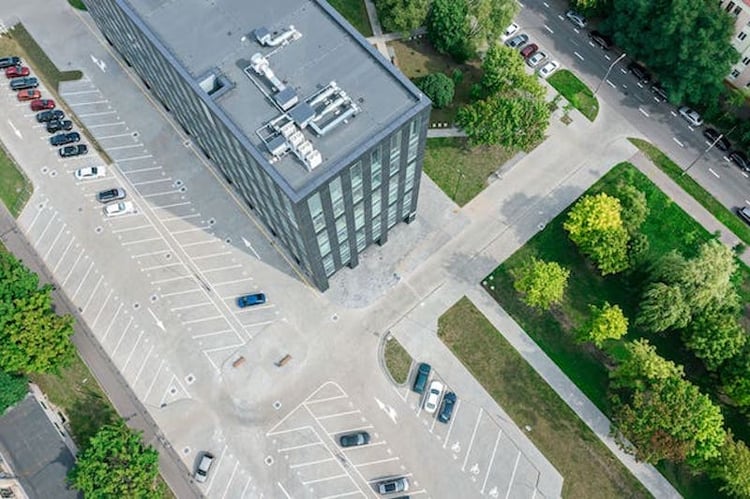
EV charging load management and the importance of cluster load balancing
Electric vehicle (EV) charging stations can add a substantial load onto your building’s power supply, often requiring...
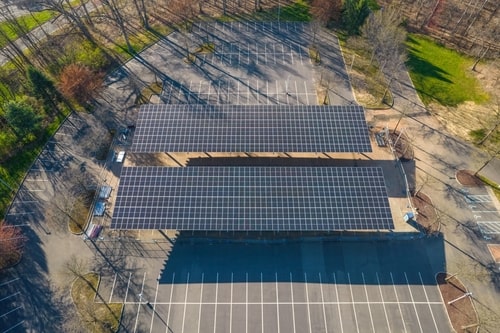
How to design a DC fast charging site
When thinking about installing DC fast charging stations on your site, careful consideration must be given to designing...
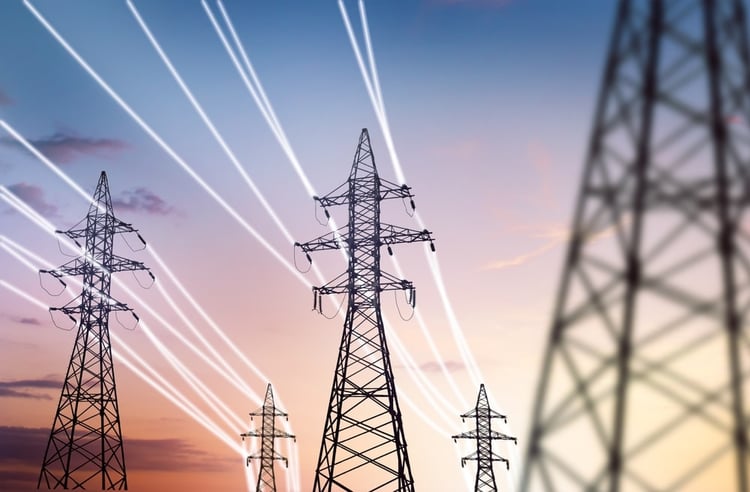
Grid connections for DC fast charging stations explained
The electrical grid is a large and established network delivering electricity from producers to consumers, and...